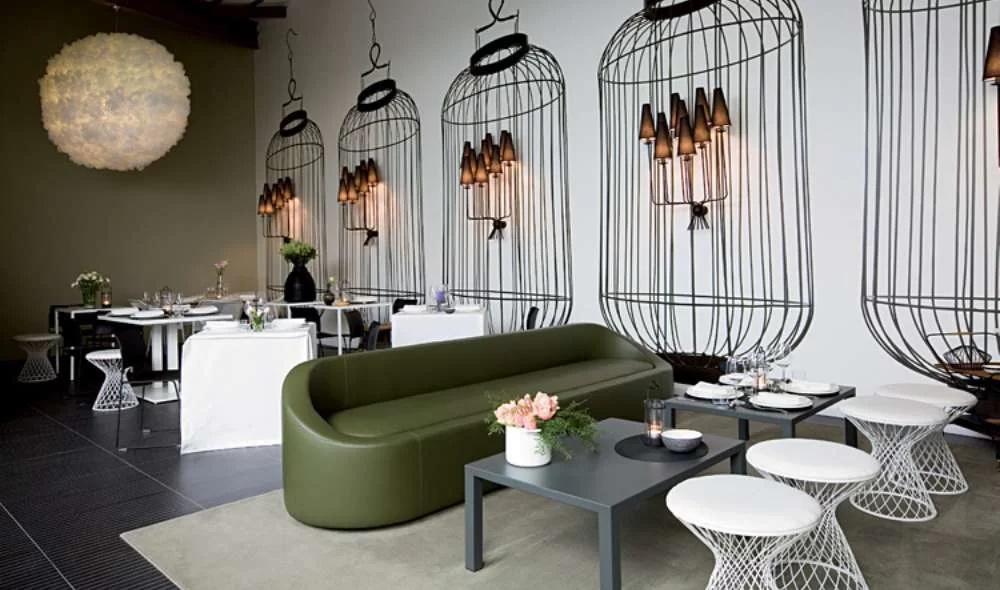
- 1 - Evolving-Trends-in-Restaurant-Design
- 2 - Technology-Integration-Enhancing-Ambiance
- 3 - Sustainability-and-Eco-Friendly-Materials
- 4 - Personalized-Dining-Experiences
- 5 - Impact-of-Lighting-and-Sound-Design
- 6 - Case-Studies-of-Innovative-Restaurant-Design
- 7 - How-Senix-Table-Contributes-to-Modern-Restaurant-Design
1. Evolving Trends in Restaurant Design
The future of restaurant design embraces fluid concepts that blend aesthetics with functionality. Open kitchens, communal seating, and adaptable layouts reflect a shift towards more social and immersive dining environments.
Designers focus on creating spaces that tell a story and foster connection, moving beyond mere decoration to deliver memorable experiences.
2. Technology Integration Enhancing Ambiance
Technology plays a crucial role in shaping ambiance through digital menus, interactive tables, and mood-responsive lighting. Augmented reality and projection mapping are emerging tools to captivate diners and customize their environment in real time.
Such innovations redefine engagement, making dining more interactive and personalized.
3. Sustainability and Eco-Friendly Materials
Modern restaurant design prioritizes sustainability by incorporating recycled, renewable, and low-impact materials. Biophilic design elements—such as indoor plants and natural textures—improve air quality and create calming atmospheres.
Eco-conscious design resonates with environmentally aware consumers, enhancing brand loyalty.
4. Personalized Dining Experiences
Personalization extends from menu options to spatial design. Restaurants use data and customer feedback to tailor seating arrangements, privacy levels, and even sensory elements like scent and sound, crafting unique experiences for each guest.
This bespoke approach drives customer satisfaction and repeat business.
5. Impact of Lighting and Sound Design
Lighting and acoustics significantly affect mood and perception. Dynamic lighting adjusts to different times and events, while sound design controls noise levels and creates immersive soundscapes.
These subtle yet powerful elements influence how guests feel and interact within the space.
6. Case Studies of Innovative Restaurant Design
Several restaurants have set new standards with cutting-edge design. One features a fully digital tabletop ordering system combined with ambient lighting that shifts with the menu themes. Another integrates vertical gardens and natural wood textures to evoke a forest dining experience.
These real-world examples illustrate the blend of technology, nature, and customer-centric design in future trends.
7. How Senix Table Contributes to Modern Restaurant Design
Senix Table offers innovative furniture solutions that seamlessly integrate technology and sustainability into restaurant interiors. Their designs support interactive dining and complement evolving ambiance trends, helping venues stay ahead in a competitive market.
By partnering with Senix Table, restaurateurs can enhance aesthetics, functionality, and customer engagement, embodying the future of restaurant design.



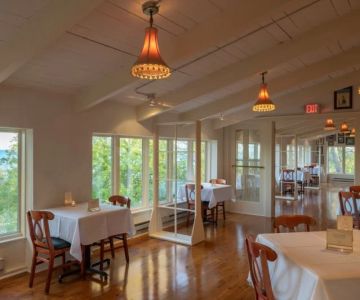

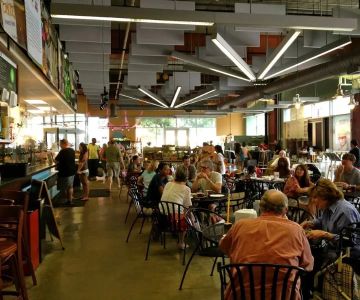

 El Taco Rico4.0 (208 reviews)
El Taco Rico4.0 (208 reviews)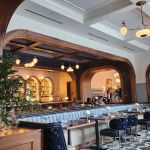 Chardon Restaurant4.0 (111 reviews)
Chardon Restaurant4.0 (111 reviews)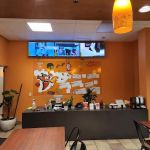 Flying Idlis4.0 (233 reviews)
Flying Idlis4.0 (233 reviews) Farmer's Fridge0.0 (0 reviews)
Farmer's Fridge0.0 (0 reviews) Goodies Soul Kitchen4.0 (270 reviews)
Goodies Soul Kitchen4.0 (270 reviews) Baby Barnaby's4.0 (275 reviews)
Baby Barnaby's4.0 (275 reviews) Best Places for Seafood Boils and Clambakes Across the U.S.
Best Places for Seafood Boils and Clambakes Across the U.S. Discover Delicious Vegan Desserts at Local Bakeries Near You
Discover Delicious Vegan Desserts at Local Bakeries Near You Best Late-Night Eats in Major U.S. Cities: Where to Satisfy Your Midnight Cravings
Best Late-Night Eats in Major U.S. Cities: Where to Satisfy Your Midnight Cravings The Ultimate Guide to New Year’s Eve Dining in Major Cities
The Ultimate Guide to New Year’s Eve Dining in Major Cities The Future of Sustainable Restaurants in America: Trends and Innovations
The Future of Sustainable Restaurants in America: Trends and Innovations Best Smoothie and Juice Bars for a Quick Healthy Bite
Best Smoothie and Juice Bars for a Quick Healthy Bite